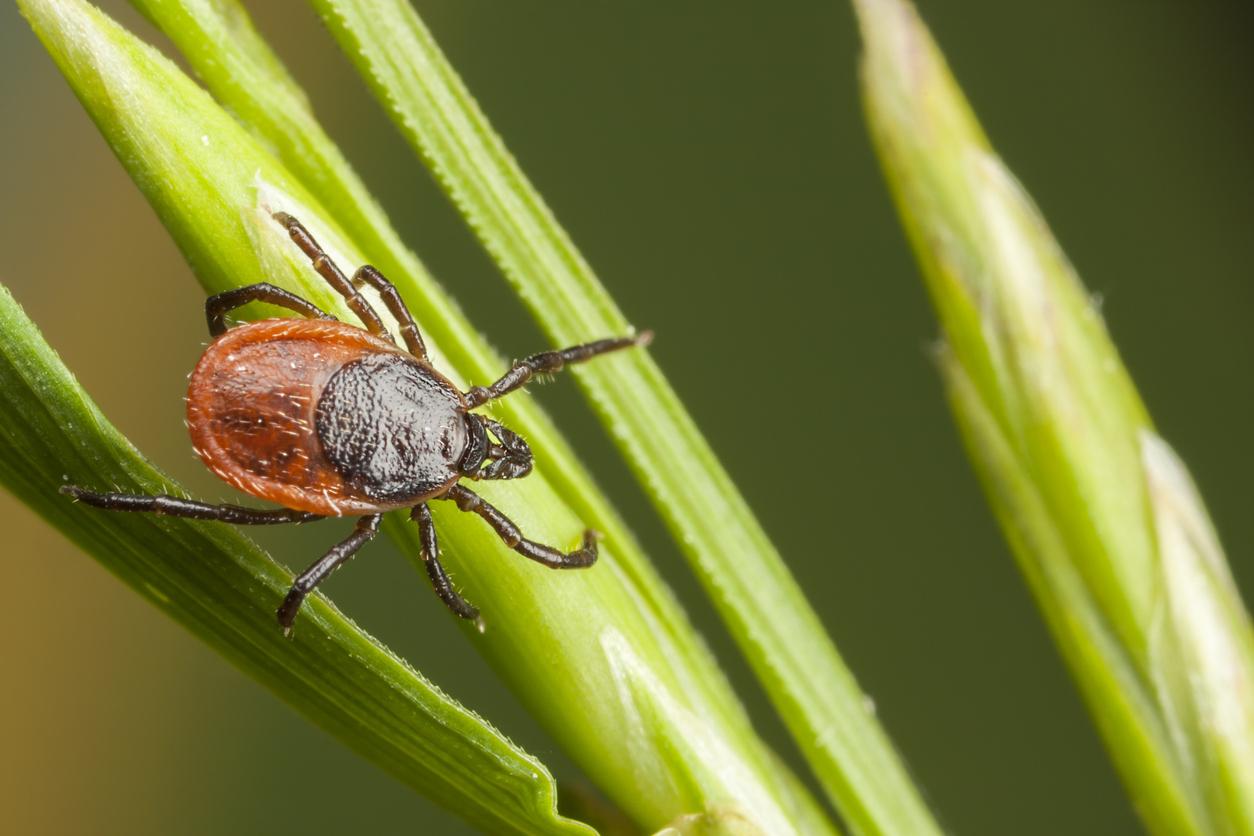A young boy living in the North of England has general insensitivity to pain, an extremely rare genetic condition.

- Doctors were only able to make a diagnosis after several injuries
- Insensitivity to pain is a genetic disease
Some would see it as a chance. But it is a disease. Suffering from congenital insensitivity to pain (CDI), a syndrome described as “very rare” by the Neurological Reviewa nine-year-old British boy walked for three days after being… fractured his leg when he was six!
The “misfortunes” of little Zach Skimore who lives in the north of England and whose story has just been told by The Mirror newspaper started very early. At nine months, when he received his first vaccine, he aroused the admiration but above all the amazement of the nurse by having no negative reaction at the time of the injection! But then, his life is just a succession of “catastrophes”. At one year old, he bites his tongue with blood, to the point of piercing it. At four years old, he suffered a dislocated hip when he fell from the top of an inflatable structure. Totally insensitive to pain, which both causes his accidents since his “alarms” do not work and can hide the consequences, the child surprises the caregivers.
Parents suspected of abuse
“When he dislocated his hip, the doctors had doubts about the reality of his injury because it is normally very painful; his joint was put back in place without anesthesia, with nothing to relieve the pain“, told his mother to the Mirror. But there is worse: by dint of being injured, the boy has given rise to a suspicion of the witnesses vis-à-vis his parents!We were looked at askance, I never stopped saying that he didn’t feel the pain, but no one believed me!“says Zach’s mom.
And then there was this leg fracture after which the child continued to walk for three days. To the point this time to intrigue doctors enough to push their investigations and end up diagnosing this congenital insensitivity to pain. A disease so rare that most doctors have never had to deal with it. It is an impairment of fine-caliber sensory fibers linked to a hereditary polyneuropathy itself due to a combination of genes from both parents.
The risk of neurogenic arthropathy
But the problems of the little Briton are not solved for all that. On the one hand, his family continues to live in worry about anything that could hurt or burn him without his being alerted by pain. But also because this disease can progress to a neurogenic arthropathy which risks leading to infection and deformation of the limbs which can lead in the most serious cases to amputation.

















